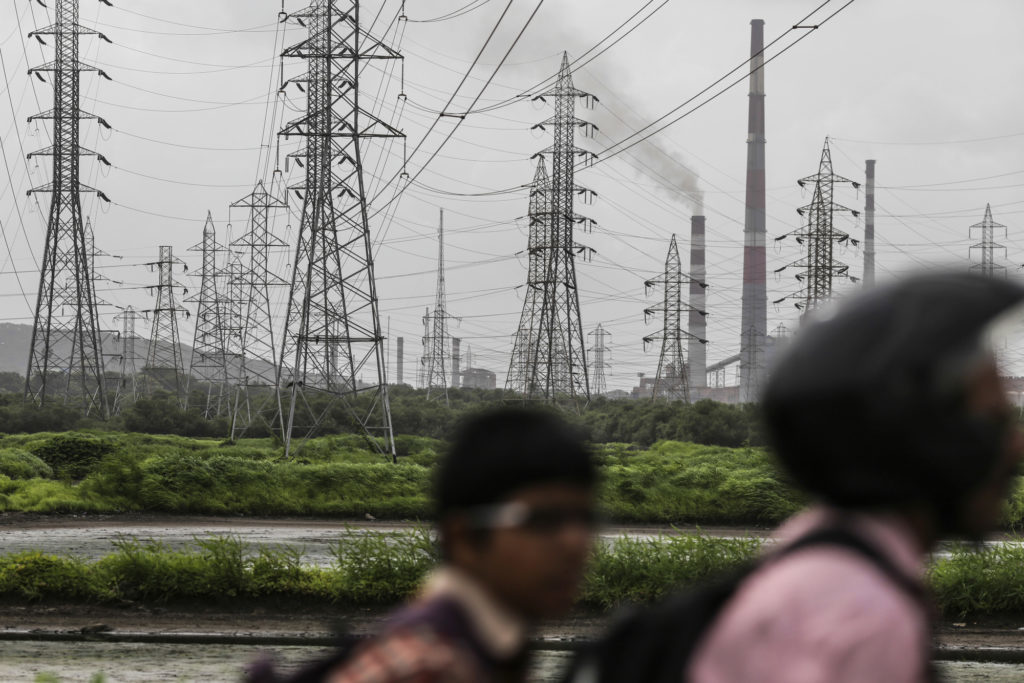
Tata Power Co., one of India’s largest private power utilities, is planning to invest as much as $5 billion to ramp up its renewable capacity fourfold, according to its top executive.
The 103-year-old power utility plans to increase its clean-energy capacity to 12,000 megawatts by 2028, Chief Executive Officer Praveer Sinha said. That would require an investment of as much as 40 million rupees ($594,000) a megawatt, he said. According to Bloomberg calculations, that works out to a total investment of as much as 360 billion rupees.
“Renewables is our big space. This is something that we want to go big in,” Sinha, who took over as CEO on May 1, said in an interview in Mumbai. “The bulk of the increase will come from solar. It will be utility level large projects as well as residential and commercial rooftops.”
The company has said previously it expects as much as half of its capacity to be based on non-fossil fuels by 2025 compared with about 30 percent now. The green push comes amid a global shift away from dirty fuels and a drive by Prime Minister Narendra Modi to more than double India’s renewable power capacity to 175 gigawatts. It will also help Tata Power, part of the country’s top conglomerate, reduce dependence on its coal-based plants, the biggest of which has long been a drag on its earnings.
Clear Potential
“There’s a policy directive on boosting clean energy. That’s also where foreign capital is flowing in,” Santosh R Hiredesai, a Mumbai-based analyst with Sbicap Securities Ltd. said. “Companies like Tata Power will invest where they see returns and clear growth potential.”
Tata Power is also transferring its clean energy assets to a subsidiary, which the company may consider listing in the future or for which it may invite investments from pension or sovereign wealth funds. The rejig makes it easier for an investor to buy into only its green portfolio and not the parent, according to Hiredesai.
Albatross
The utility expects to soon break even on its flagship 4,000-megawatt Mundra power plant, once described as an albatross around its neck as the high cost of imported fuel and capped tariffs pushed it into losses for years. In the quarter ended March, Tata Power posted better-than-expected profit on one-time gains due to a reversal of impairment charges on Mundra.
“In the next two years, Mundra should be able to break even at profit-after-tax levels,” Sinha said as he counts on falling coal prices globally in the next year or so. With China importing less coal and Europe as well as the U.S. moving away from coal-fired facilities, Sinha expects a glut in supply to push prices down.
He ruled out a stake sale in the Mundra power plant that was earlier being planned, but said negotiations were on with state governments — buyers of electricity from the plant — to allow surplus power to be sold at market rates.
Power transmission, between cities and between states, is another focus area for the company as are smart metering and home automation services, he said.
